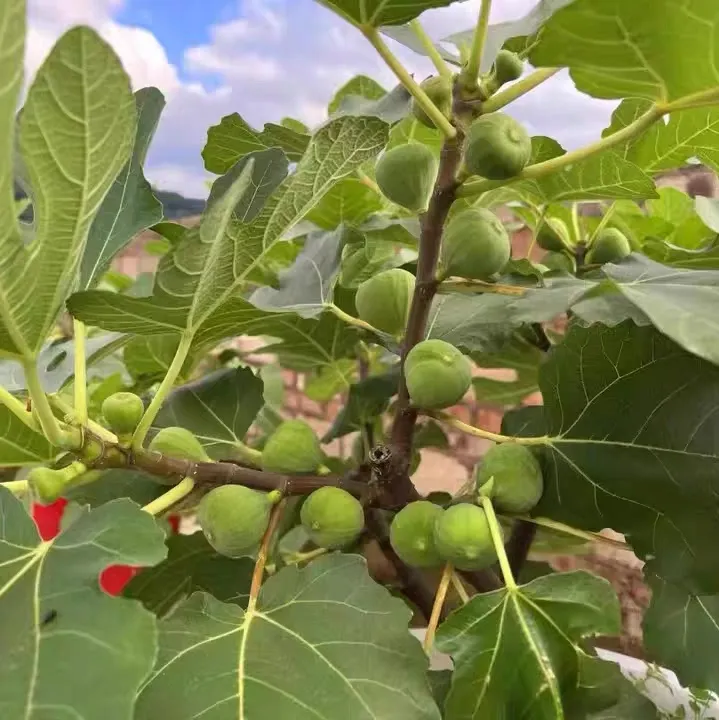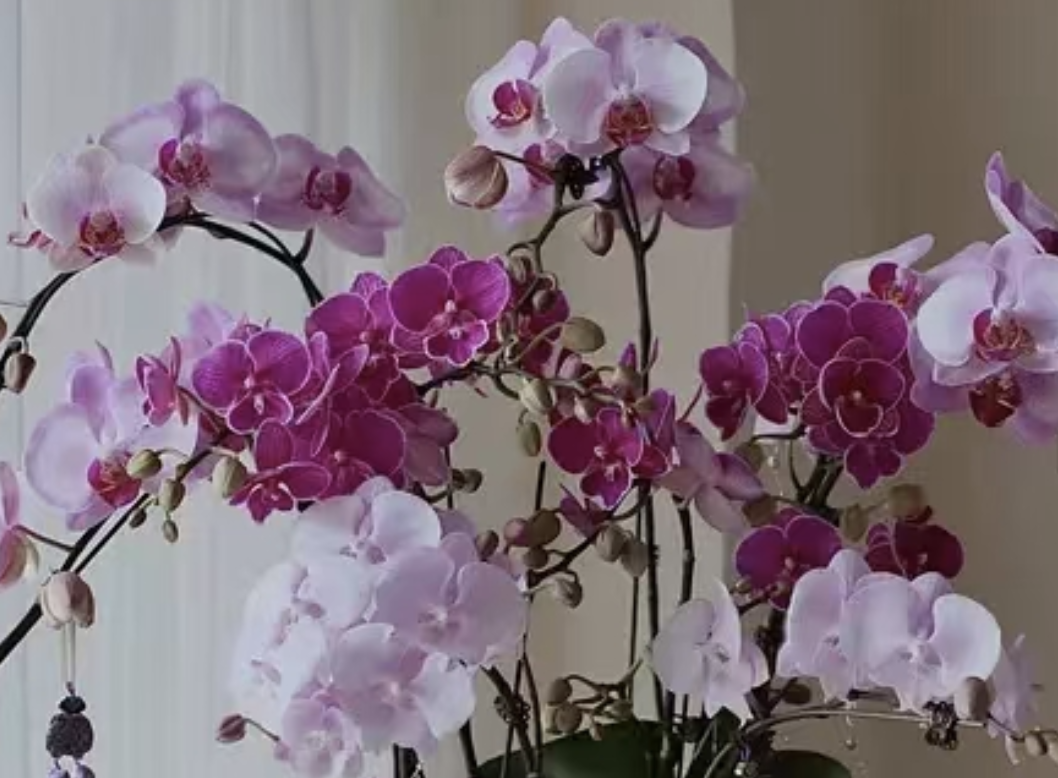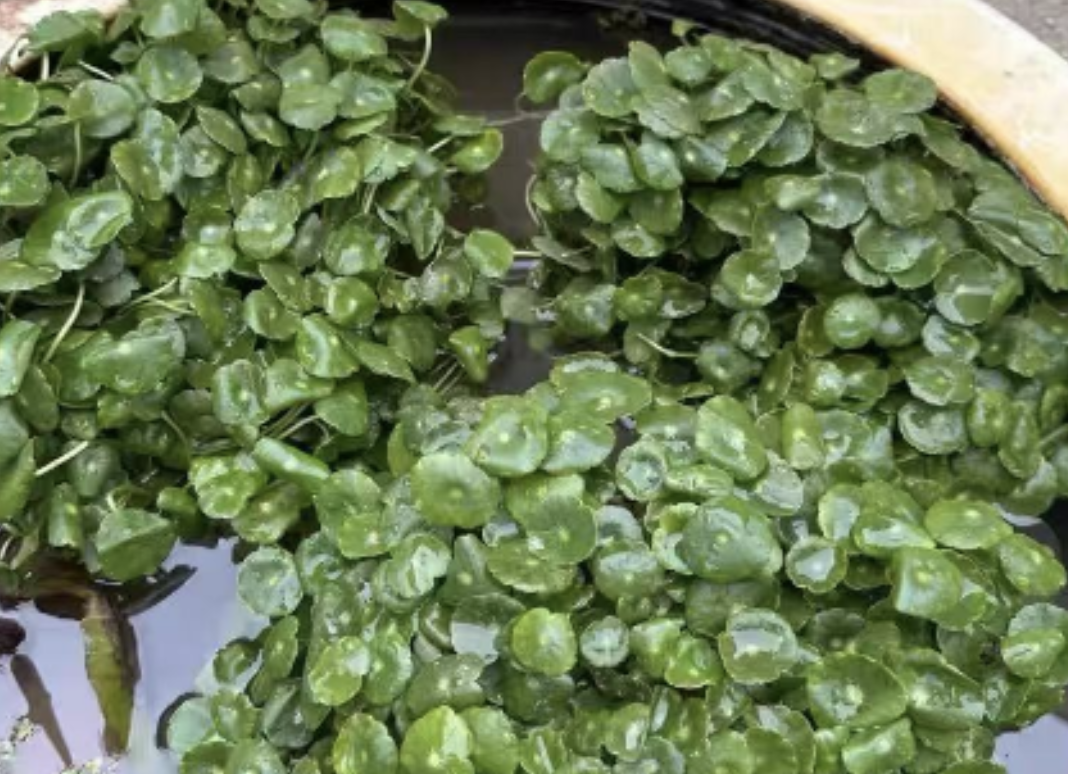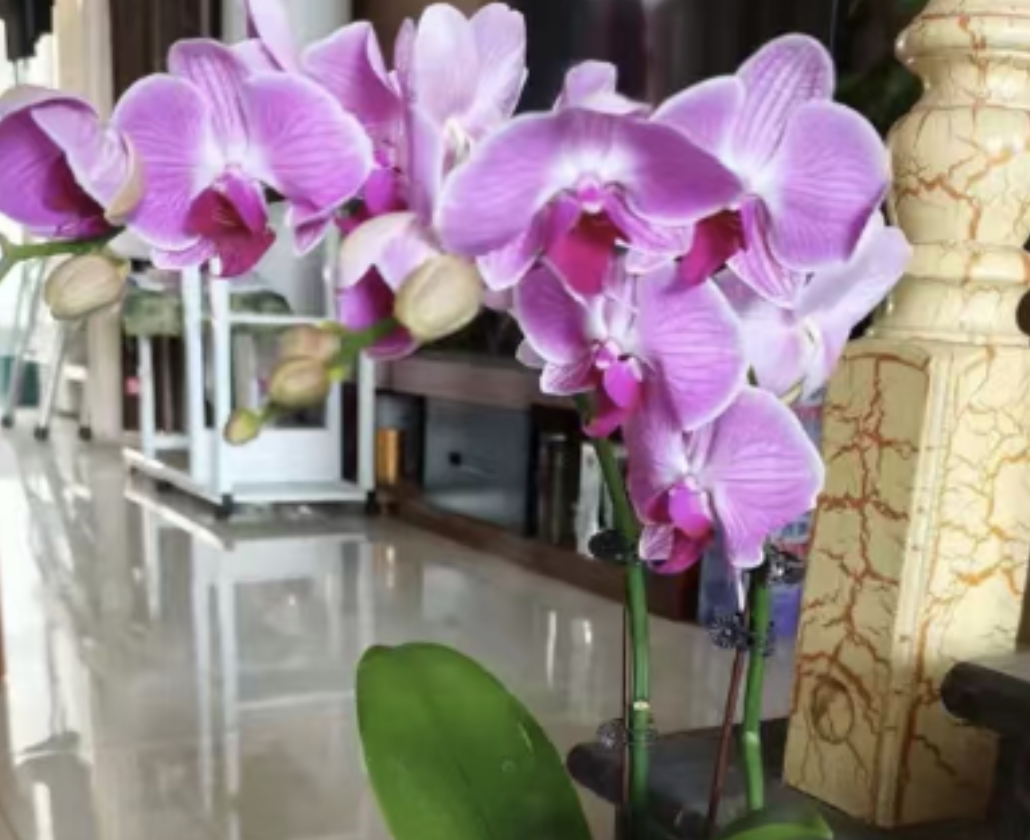How could the summer sweetness list be complete without figs! That "honey fruit" hidden in the leaf axils—take a bite, and you’ll find dense, soft flesh with sweet juice melting on your tongue. Even the elderly and children with poor teeth can munch on it happily~ No wonder, as soon as the fruiting season arrives from June to November, people across the internet are showing off their fig harvests!
But those who grow figs always have a bunch of questions:
Netizen 1: "Do I need to water my outdoor-planted figs every day?"
Netizen 2: "What if it only grows leaves but doesn’t bear fruit?"
Netizen 3: "I want to take cuttings but don’t know where to start?"
Don’t worry! This complete fig-growing guide covers everything from care to pest control, so even beginners can easily enjoy the freedom of sweet, home-grown figs.
### Little-known facts about figs
It’s not "flowerless"—the flowers are hidden inside the fruit! The "flesh" we eat is actually its syconium (a type of inflorescence). Isn’t that amazing?
The tree has an elegant shape! It can be grown as a potted plant to decorate balconies, or planted outdoors to grow into a small tree. It bears fruit early, has few pests and diseases, and is super beginner-friendly!
It’s packed with nutrition! High in nutrients and medicinal value, eating figs in summer clears heat and moistens the lungs—truly a natural "health fruit"!
### Essential daily care tips for beginners
#### Light: Loves sunlight but fears intense暴晒
- It needs at least 6 hours of sunlight daily. Remember to provide shade at noon in summer to prevent leaves from getting sunburned and turning yellow.
- Insufficient light will lead to fewer fruits—quickly move it to a well-ventilated, well-lit spot!
#### Watering: "Water only when the soil is dry, and water thoroughly" is key
- **Outdoor-planted figs**: No need to water every day! Wait until the surface soil is dry, then water thoroughly. Drain promptly on rainy days to prevent root rot (there’s the answer to the netizen’s question about outdoor watering~).
- **Potted figs**: Keep the soil slightly moist during the growing season. Spray water on the leaves to cool them down when it’s dry, and reduce watering in winter to help it survive!
#### Temperature: Thrives in warmth
- The optimal growth temperature is 18-25℃. When it exceeds 30℃ in summer, improve ventilation and spray water to cool it down. Keep it warm when the temperature drops below 5℃ in winter!
#### Soil: Loose, fertile soil is best
It tolerates poor soil but prefers sandy loam. You can mix your own soil with leaf mold and river sand—good drainage prevents root rot!
### Pruning & propagation: Secrets to more fruits
#### Don’t hesitate to prune!
- A netizen asked: "Should I cut off the many tender branches that grow in spring?" Absolutely! Cut off messy, overcrowded branches and keep strong main branches. Otherwise, the leaves will steal nutrients, resulting in fewer fruits~
- Regularly trim old and yellow leaves to maintain a nice shape and reduce nutrient loss!
#### Propagation by cuttings is super easy—choose branches like this:
- Select semi-lignified branches (not fully hard old branches or too tender new shoots), 15-20cm long, with 2-3 buds.
- Remove the lower leaves, make a diagonal cut at the base, soak in rooting water for 10 minutes, then insert into moist sandy loam. Keep it shaded and moist, and it will take root in 2-3 weeks!
- Worried birds will steal fruits from your outdoor plants? Take cuttings and grow a few pots on the balcony for "indoor-outdoor double harvests"!
### Pest and disease control: How to fix problems
#### Yellow, withered leaves?
- Insufficient light: Move to a sunnier spot and ensure good ventilation.
- Lack of water or fertilizer: Water promptly and add a dilute fertilizer.
#### Anthracnose/rust?
- **Anthracnose**: Leaves develop grayish-white spots. Remove infected leaves, spray fungicide, and improve ventilation!
- **Rust**: Stems and leaves have yellow or brown spots with rust-like powder. Cut off infected parts and spray triadimefon, once every 7-10 days for 2-3 consecutive times.
#### Aphids causing trouble?
Wash them off with water, hang yellow sticky traps nearby, or spray imidacloprid for severe infestations—it’s easy to handle!
### Quick answers to popular questions
- **Which varieties are suitable for outdoor planting now?**
Bok choy red, Baronne, and Stella are all good choices—they’re heat-tolerant and disease-resistant!
- **When is the best time to buy saplings to plant?**
Spring and autumn (March-April or September-October) have the highest survival rate, and you might get fruits the same year you plant!
- **Only growing leaves but no fruits?**
It’s likely due to insufficient light, lack of fertilizer, or too little pruning. Adjust accordingly, and it will bear fruit!
Do fig trees prefer shade or sun?

Share with
Tagged in :




Leave a Reply